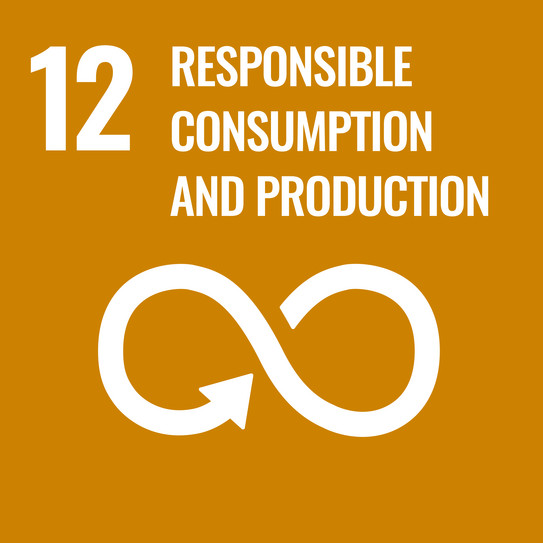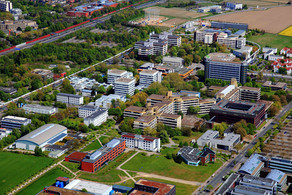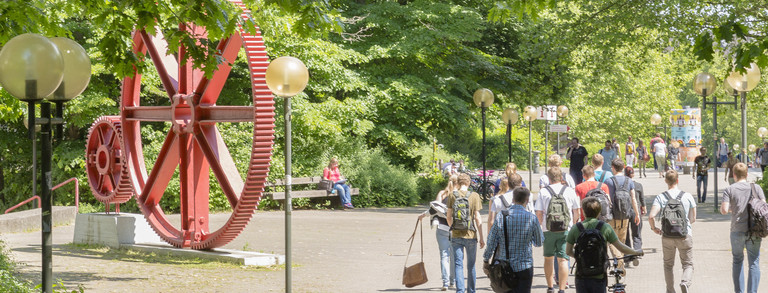Goal 12: Responsible consumption and production
SDG 12 is divided into several sub-goals. Goal 12.1 calls for the implementation of the Ten-Year Programme on Sustainable consumption and production patterns (Rio de Janeiro 2012). Starting from the fundamental imperative of sustainable management and efficient use of natural resources (12.2), the requirements are directed at reducing food losses (12.3), environmentally sound management of chemicals (12.4), reducing waste generation (12.5) and support for sustainable (production) practices and sustainability reporting for larger companies (12.6). Furthermore, sustainable practices should be promoted in public procurement (12.7) and information on sustainable lifestyles should be provided to raise sustainability awareness (12.8).
There is a call for scientific and technological and technological strengthening of developing countries (12.a), the development of sustainable tourism (12.b, see also SDG 8) and the abolition of inefficient subsidies for fossil fuels (12.c).

News on responsible consumption and production
Sustainable interlibrary loan
- Projekte
- 12 Nachhaltige/r Konsum und Produktion
For the interlibrary loan service of the university library, the reuse of packaging material is the basic principle (by the way: according to "veteran" colleagues, this has been the case for over 40 years). This is common practice in most libraries - presumably also for reasons of cost.

For decades, Dortmund University Library, along with many other libraries, has participated in a DHL book transport service that uses plastic crates with a long life cycle for shipping. Large media deliveries can be sent directly to other libraries in these crates. Several smaller deliveries, packed in reused material (see below) or even unpacked in these boxes, are first sent to a sorting centre, from where they are forwarded with other media deliveries in a box to the respective ordering libraries.
Well-preserved mailing bags or cardboard boxes of all kinds are reused, including those in which paper was originally delivered. In addition, library staff often bring boxes from home for reuse.
When paper copies are sent via the TU's in-house post office as part of the interlibrary loan service, mostly well-preserved envelopes that have already been used are also reused.




